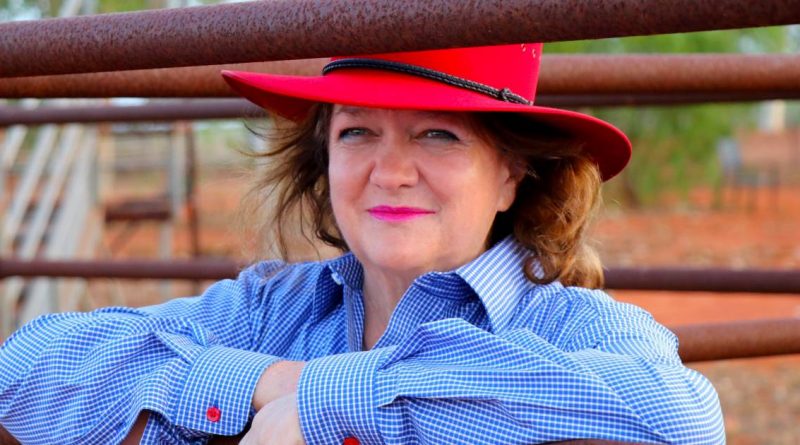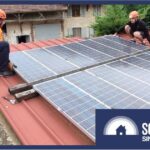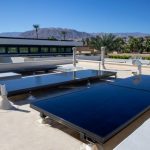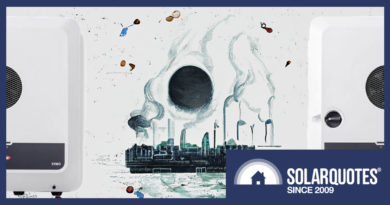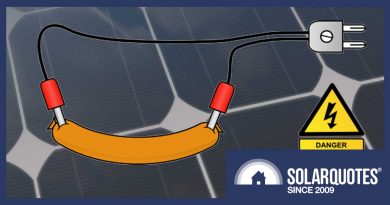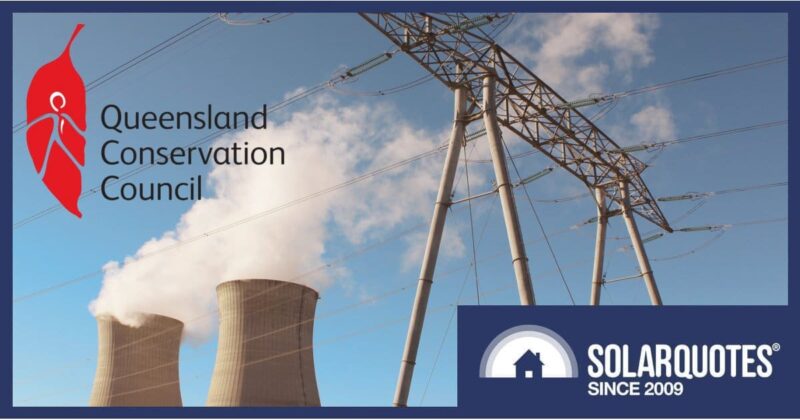Gina Gets It Wrong On Solar (Again)
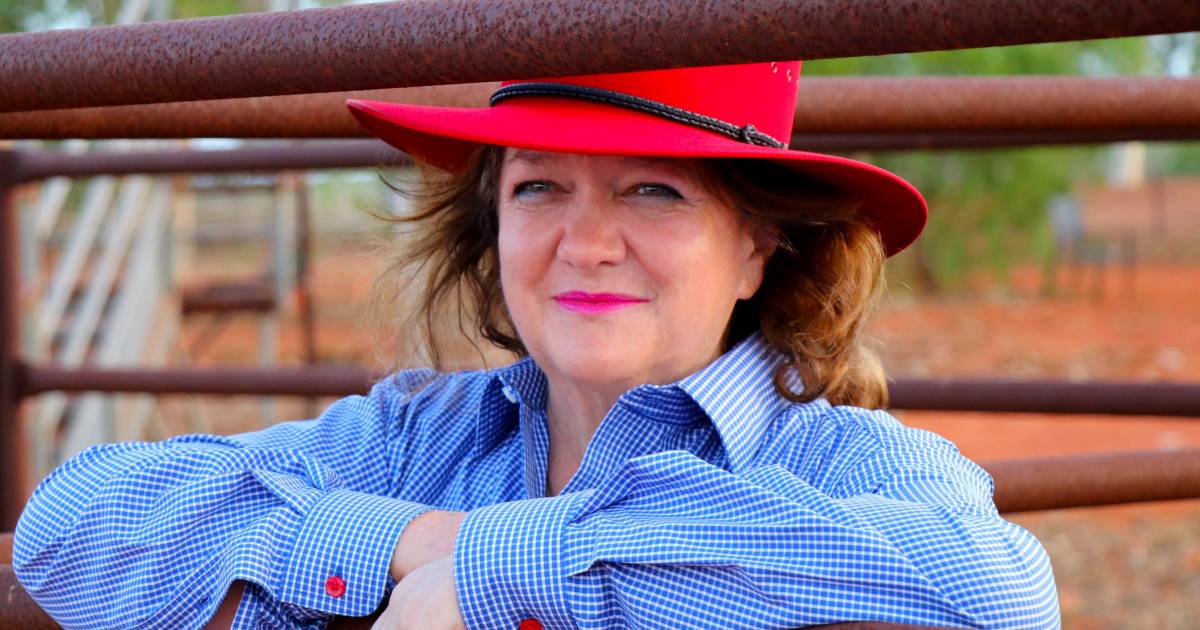

Mining magnate and cattle queen Gina Rinehart has taken another swipe at solar power, and again appears to be working with curious figures.
In a speech posted Sunday for National Agriculture and Related Industries Day1, Ms Rinehart had the following to say:
“Well I know the miles of solar panels will need wiping to be effective, and the millions of dead bats and birds, lives claimed by wind power infrastructure, will need collecting and burying, and industry created to deal somehow with the old solar panels, maybe burying, if economical ways can’t be found without government handouts to deal with the millions of solar panels, panels which will need changing every 8 to 10 years, to maintain effectiveness.”
Whew, there’s a bit to unpack there. I’ll leave the “millions of dead bats and birds” for the wind industry to address, but on the solar energy related bits in that breathless statement:
Solar Panel Performance Over Time
If solar panels need to be changed every 8 to 10 years maintain effectiveness, then they are crap panels.
Solar panels are covered by two types of warranties – one on the product (workmanship) and one for performance. Performance warranties guarantee a panel’s performance won’t deteriorate beyond a certain point. Even at the cheap end of good quality solar panels, performance warranties promise more than 80% of a panel’s original rated output after *25 years*.
Here are several examples taken from the SolarQuotes solar panel comparison table:
- JinkoSolar (Cheetah Plus) – 0.6% loss per year (years 2 – 25), output warranted at year 25: 83.1%
- Canadian Solar (Hiku Mono) – 0.55% loss per year (years 2 – 25), output warranted at year 25: 84.80%
- Longi (4M) – 0.55% loss per year (years 2 – 25), output warranted at year 25: 84.80%
At year 8, these panels would still retain around 96% of their original rated output. That’s hardly cause to be sending them to landfill.
And on that note …
Solar Panel Waste
If Ms. Rinehart thinks solar panels need to be replaced after 8 – 10 years, that would no doubt contribute to her “concerns” about waste. But the truth is some panels do wind up in landfill within that timeframe or even before – poor quality modules, through accidental damage or those left over from system upgrades.
It’s not that solar panel waste isn’t a problem. But in the scheme of things it’s not a huge problem and is a challenge already being addressed; with various recycling/repurposing efforts under way and related activity increasing.
In June this year Federal Minister for the Environment Sussan Ley told Australia’s solar industry it requires an industry-led nationwide scheme design for properly dealing with solar panel waste finalised by June next year. No handout was mentioned – the cost will likely ultimately be carried by the end consumer.
Future recycling aside, as for how much space a bunch of solar panels stripped of their valuable aluminium frames would take up in landfills – it’s probably not as much as you might think.
Solar Panel Cleaning
A build-up of dust and grime on a module can hamper its performance, but for the most part nature takes care of solar panel cleaning through rain.
In the drier and dustier parts of Australia, this cleaning process mightn’t occur as often – but it hasn’t stopped companies building huge solar farms in such areas. If cleaning was such an issue it heavily impacted profitability, they wouldn’t be there.
Solar Power Costs
Ms. Rinehart has also previously claimed a hybrid solar power station at her Fossil Downs station in Western Australia’s Kimberley had proved uneconomic (paywall) without subsidies. The $500,000 system consists of 136 solar panels, 45 lithium-ion batteries (145kWh) and a diesel generator.
SolarQuotes founder Finn Peacock estimates its solar capacity at around 60kW and averages savings of ~100 litres of diesel per day. The cost of unsubsidised diesel (not including delivery to outback) is around $1.50 per litre, so savings would be around $55,000 per year.
Finn assumes if Ms. Rinehart installed a similar system on every property, the capital cost of the systems could be reduced by at least 10% through economy of scale. And finance is currently very cheap.
Ms. Rinehart said she wasn’t indicating industry should be asking for more government subsidies for switching to renewables, but was concerned “rushing to reduce emissions will cost the taxpayers billions in subsidies”. But that’s already happening with diesel and petrol – billions in subsidies each year.
The Fossil Downs installation is a complex system with energy storage – solar-only costs far less and battery storage will get cheaper in the years ahead. For example, a 70kW solar system costs around $70,000 on average across Australia at the moment – but expect to pay more in rural locations.
As for other enterprises, commercial solar for farmers can be a very wise and accessible investment, slashing emissions and farm electricity costs.
Footnotes
- Gina Rinehart was the founder and is patron of National Agriculture and Related Industries Day ↩
Original Source: https://www.solarquotes.com.au/blog/solar-gina-rinehart-mb2246/

